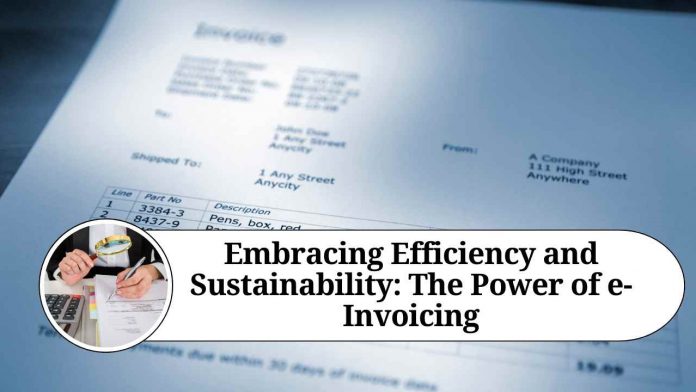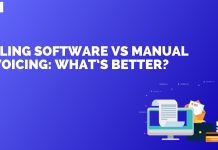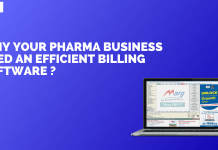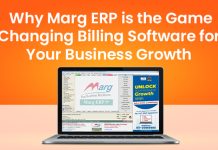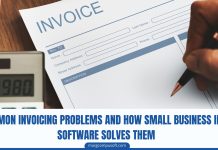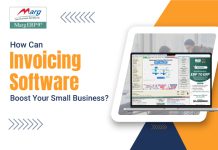Introduction
In today’s digital age, businesses are continually seeking ways to streamline their operations and reduce their environmental impact. One significant step towards achieving these goals is through the adoption of e-invoicing. Electronic invoicing offers a multitude of benefits, from increased efficiency and cost savings to enhanced accuracy and sustainability. In this blog post, we will explore the power of e-invoicing and how it can revolutionize your invoicing process while contributing to a greener future.
Understanding e-Invoicing:
E-invoicing, or electronic invoicing, is the electronic exchange of invoice data between businesses and their customers or suppliers. It eliminates the need for paper-based invoices and manual processing, instead digitizing the entire invoicing cycle. E-invoicing encompasses the creation, sending, receipt, validation, and payment of invoices, all accomplished electronically.
The Advantages of e-Invoicing:
a. Efficiency: E-invoicing streamlines the invoicing process, reducing the time and effort required for manual data entry and paperwork. Invoices can be generated, sent, received, and processed much faster, leading to improved efficiency and productivity.
b. Cost Savings: By eliminating printing, postage, and paper storage costs, e-invoicing offers significant cost savings for businesses. It also reduces the need for physical storage space and minimizes the risk of lost or misplaced invoices.
c. Accuracy and Error Reduction: Manual invoice processing is prone to human errors. E-invoicing automates data entry, minimizing inaccuracies and ensuring accurate invoice information. This reduces the likelihood of payment disputes and helps maintain healthier customer relationships.
d. Faster Payment Cycles: E-invoicing expedites payment cycles as invoices can be processed and paid more quickly. This improves cash flow, allowing businesses to have better financial control and allocate resources effectively.
e. Sustainability: Embracing e-invoicing promotes sustainability by significantly reducing paper consumption, printing, and transportation associated with traditional invoicing methods. By reducing their carbon footprint, businesses can contribute to a greener future and align with environmental goals.
Implementing e-Invoicing:
To implement e-invoicing effectively, consider the following steps:
a. Choose the Right Software: Look for invoicing software or dedicated e-invoicing platforms that suit your business needs. Ensure they provide features such as invoice templates, automated calculations, data validation, and integration with accounting systems.
b. Establish Legal Compliance: Familiarize yourself with the e-invoicing regulations and requirements in your country or region. Ensure that your e-invoices adhere to legal standards, including digital signatures, specific formats, and invoicing data retention practices.
c. Communicate with Customers and Suppliers: Inform your customers and suppliers about your transition to e-invoicing. Encourage them to provide their preferred contact details for electronic invoicing and offer support to help them navigate the new process seamlessly.
The Security of e-Invoicing:
E-invoicing systems prioritize data security. They employ encryption techniques, secure file transfer protocols, and digital signatures to ensure the confidentiality, integrity, and authenticity of invoice data. It’s crucial to choose reliable e-invoicing solutions that comply with data protection regulations and provide robust security measures.
- Contributing to a Sustainable Future: By embracing e-invoicing, businesses can make a meaningful contribution to environmental sustainability. The reduction in paper usage, printing, and transportation associated with e-invoicing helps conserve natural resources, minimize waste, and lower carbon emissions. It’s a step towards building a more eco-friendly business and a greener planet for future generations.
Read more useful content:
Frequently Asked Questions (FAQs)
Q. What is e-invoicing?
E-invoicing, or electronic invoicing, refers to the process of generating, sending, receiving, and processing invoices electronically instead of using traditional paper-based methods. It involves the digital exchange of invoice data between businesses and their customers or suppliers.
Q. What are the benefits of e-invoicing?
E-invoicing offers numerous benefits, including:
Improved efficiency: E-invoicing reduces manual data entry and paperwork, saving time and effort.
Faster payment cycles: Electronic invoices can be processed and paid more quickly, improving cash flow.
Cost savings: E-invoicing eliminates printing, postage, and paper storage costs.Enhanced
accuracy: Automated data entry minimizes errors associated with manual invoice processing.
Better visibility: E-invoicing provides real-time tracking and reporting capabilities, allowing businesses to monitor invoice statuses and payment trends.
Q. Is e-invoicing legally recognized?
Yes, e-invoicing is legally recognized in many countries. Various governments worldwide have implemented regulations and standards to facilitate the use of e-invoices and ensure their authenticity, integrity, and legal compliance. These regulations often require the use of digital signatures, specific formats (such as XML or PDF), and adherence to specific invoicing standards.
Q. How does e-invoicing work?
E-invoicing involves the following steps:
Generation: Invoices are created digitally using invoicing software or integrated systems.
Transmission: Invoices are sent electronically to the recipients through various methods such as email, EDI (Electronic Data Interchange), or dedicated e-invoicing platforms.
Receipt: The recipient receives the e-invoice and processes it in their accounting system.
Validation: E-invoices are validated for accuracy, authenticity, and compliance with legal requirements.
Payment: The recipient initiates the payment process based on the received e-invoice.
Q. Is it secure to send and receive e-invoices?
Yes, e-invoicing systems typically employ robust security measures to ensure the confidentiality, integrity, and authenticity of invoice data. This includes encryption techniques, secure file transfer protocols, digital signatures, and compliance with data protection regulations. It’s important to choose reliable e-invoicing solutions that prioritize data security.
Q. Do I need special software for e-invoicing?
Using specialized invoicing software or dedicated e-invoicing platforms can simplify the e-invoicing process. These tools offer features such as invoice templates, automated calculations, data validation, and integration with accounting systems. However, some governments also provide their own e-invoicing portals or platforms for businesses to use.
Q. Can I still print e-invoices for record-keeping purposes?
While e-invoicing promotes paperless processes, it’s often advisable to retain electronic copies of invoices for record-keeping purposes. Most e-invoicing systems allow you to save invoices as PDF files, which can be easily stored and accessed digitally. However, it’s essential to consult local regulations regarding invoice retention requirements.
Q. How does e-invoicing benefit the environment?
E-invoicing significantly reduces paper usage, printing, and transportation associated with traditional invoicing methods. By adopting e-invoicing, businesses can contribute to environmental sustainability by minimizing their carbon footprint, conserving natural resources, and reducing waste.

